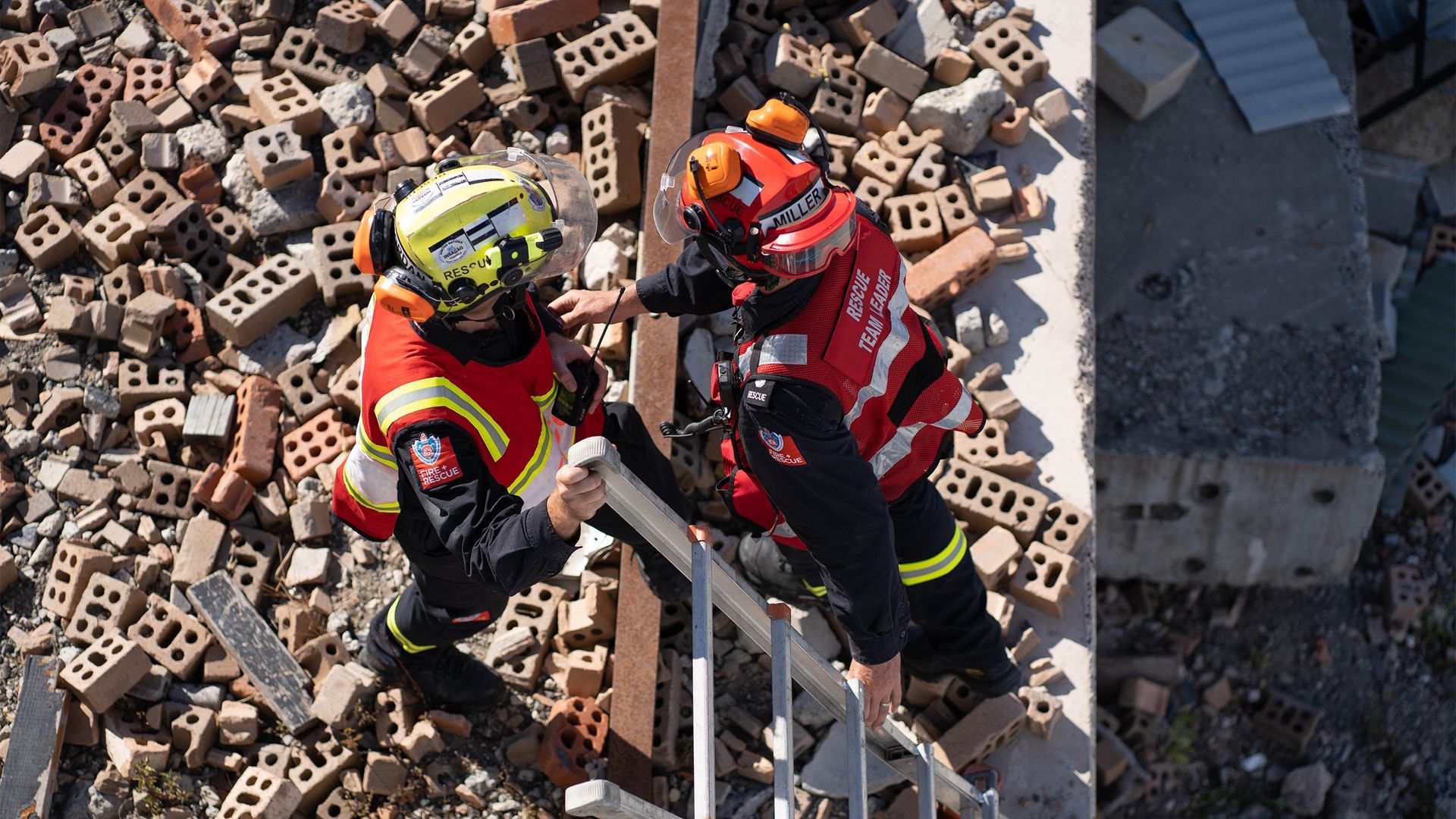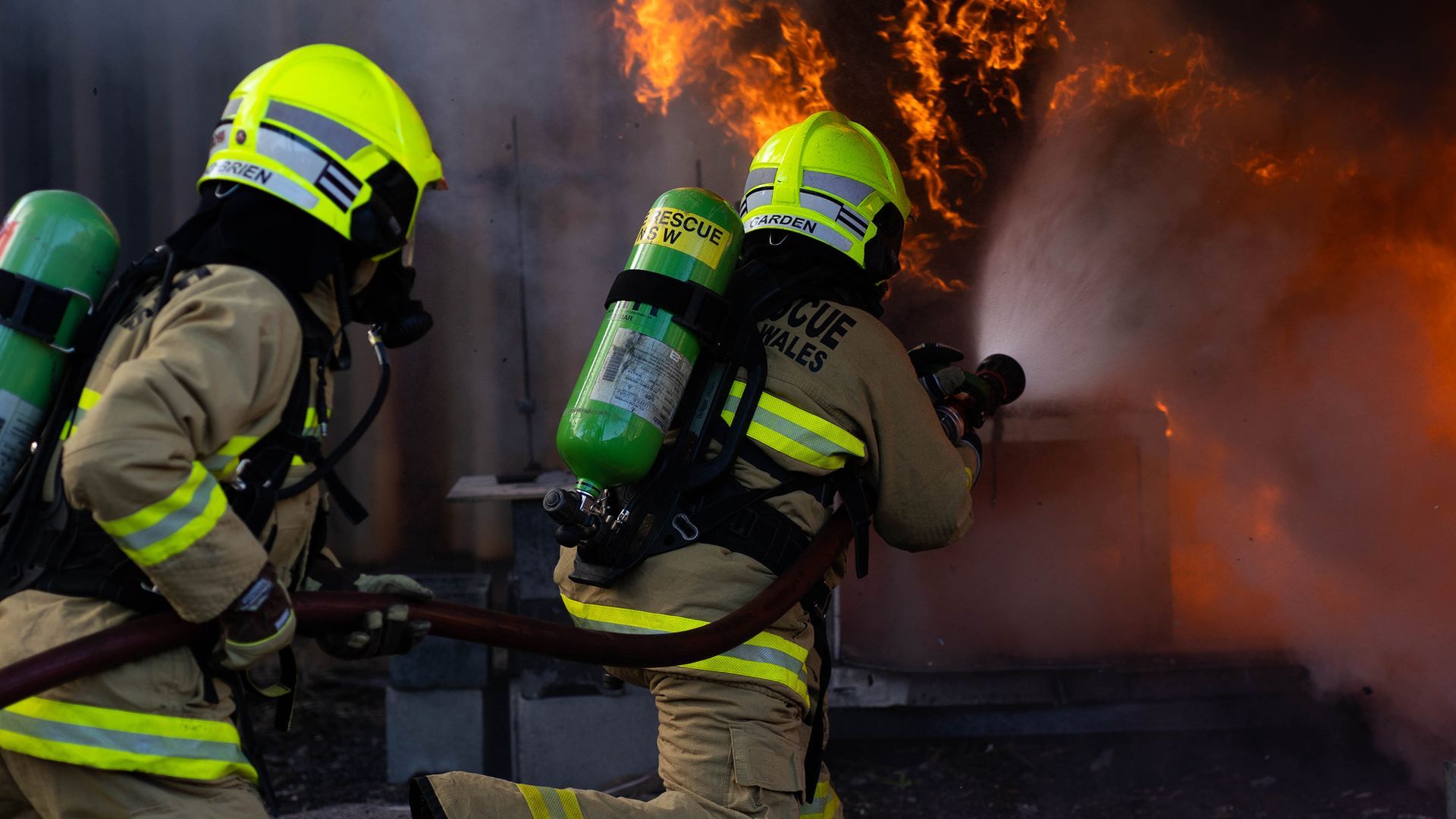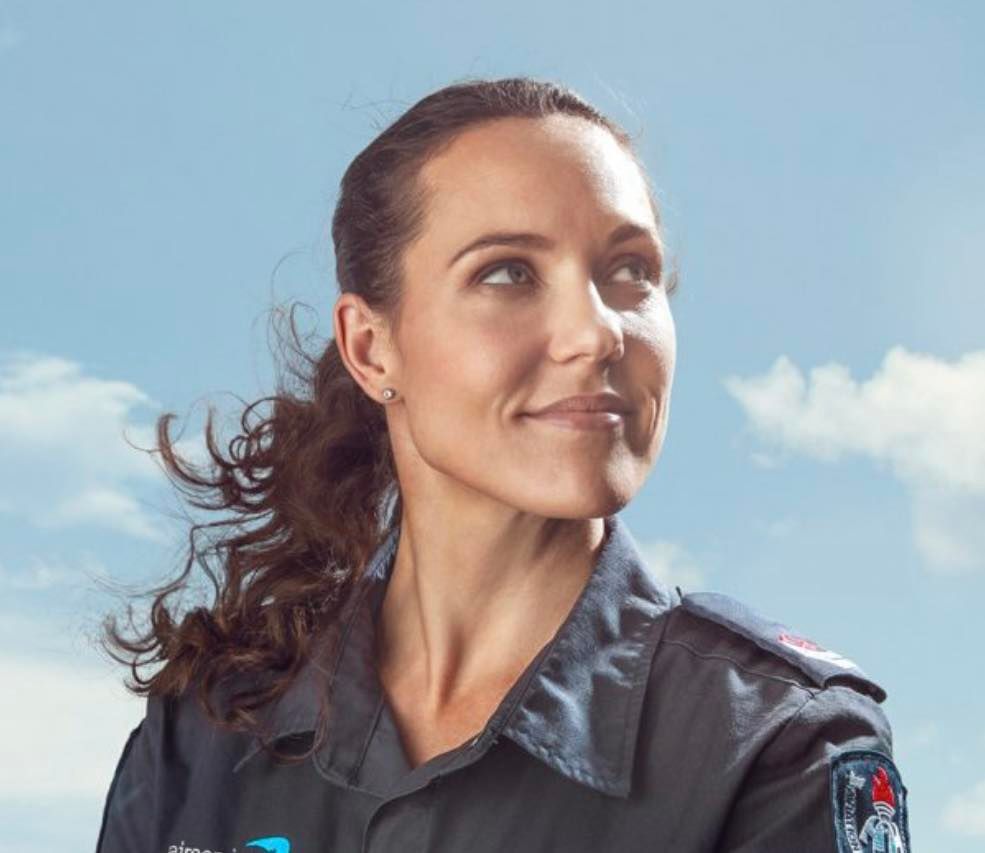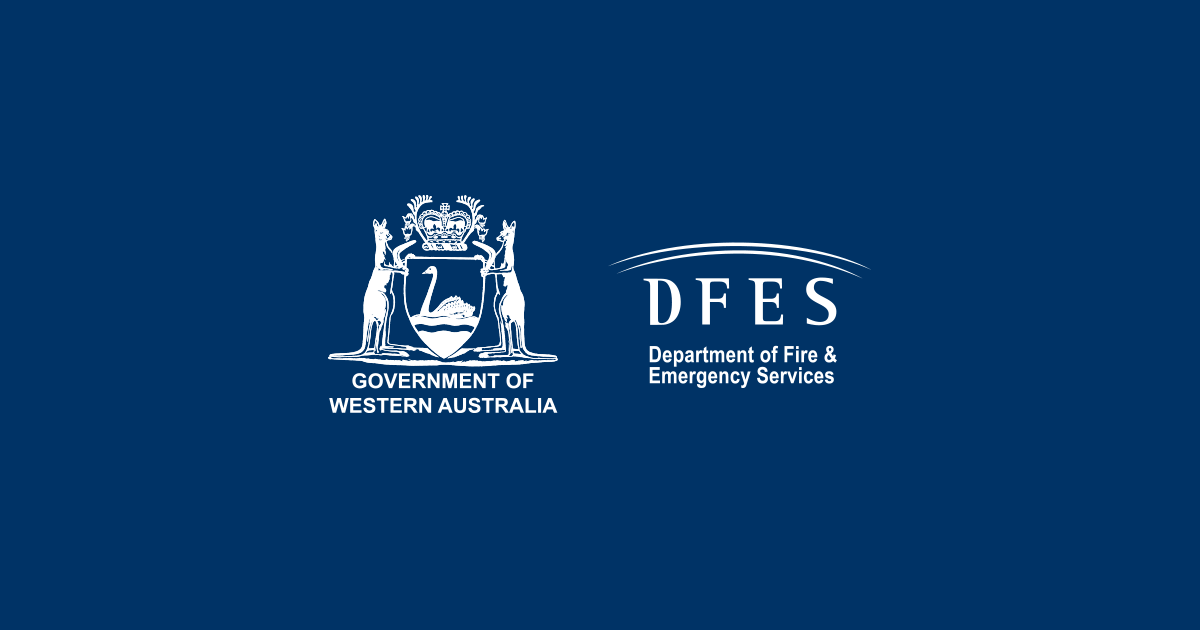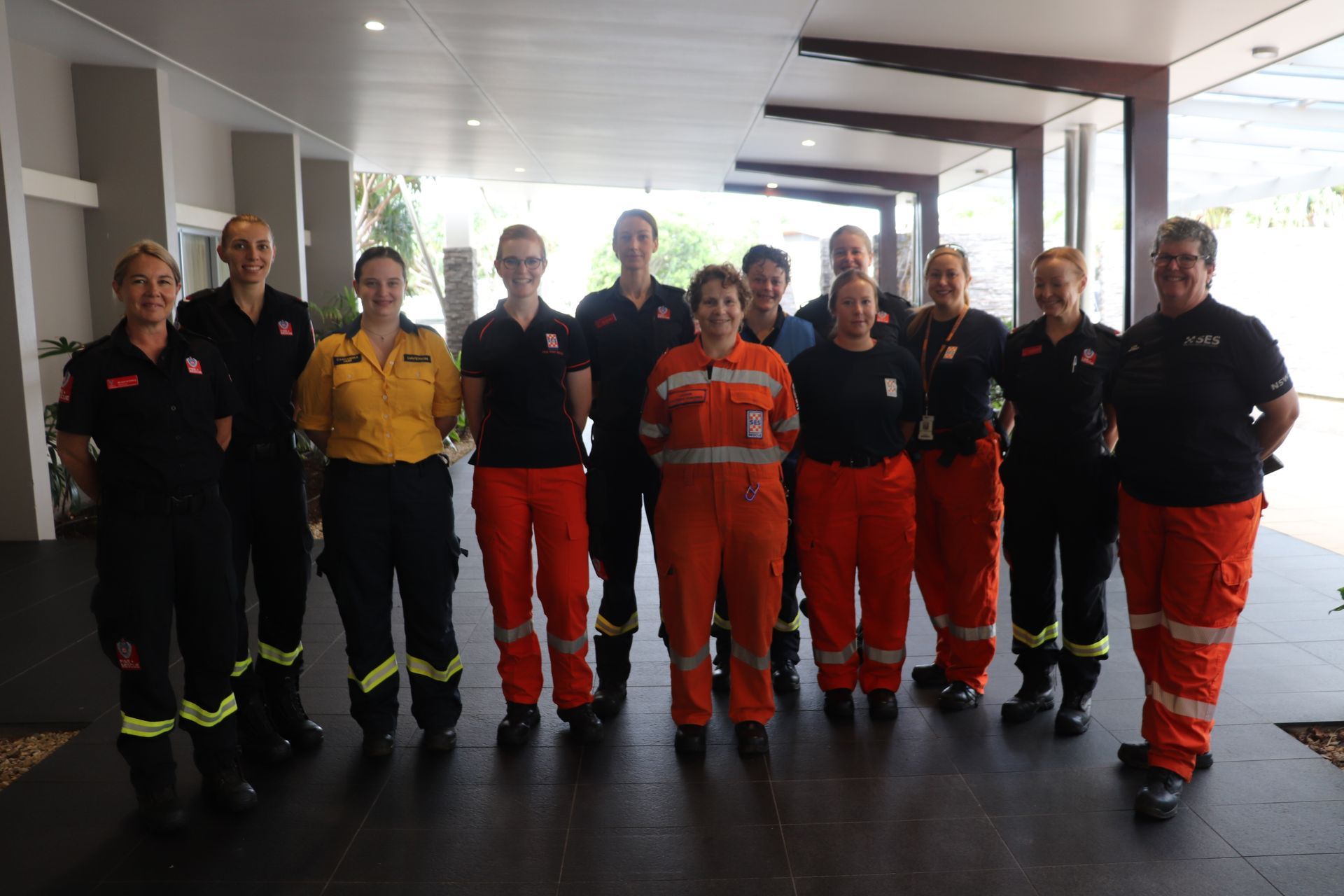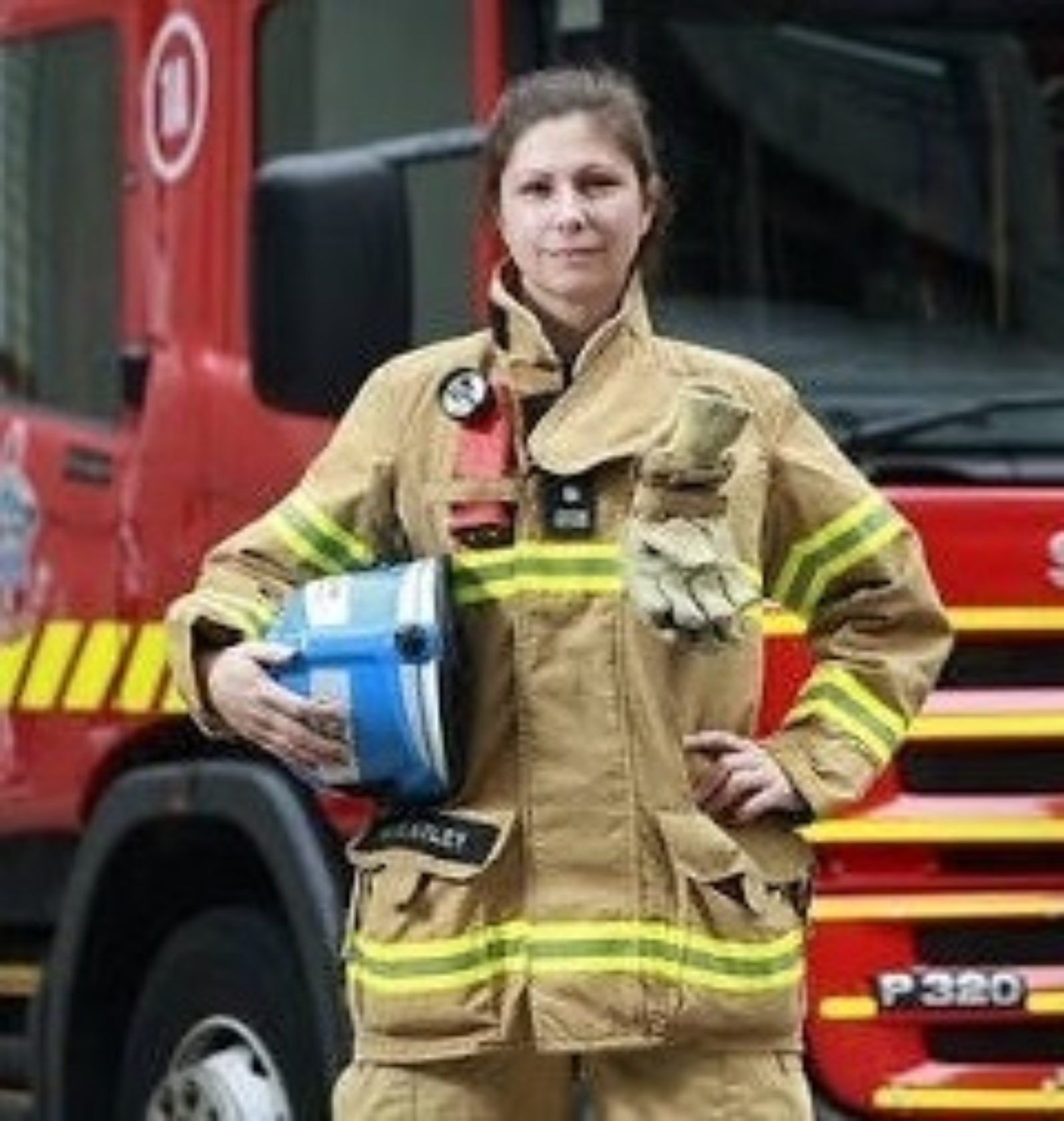The answer that can take you one step closer to success

Whether you are responding to a question in a written application, or in a face-to-face interview, being able to provide a structured and well-organised answer is crucial to conveying your message clearly, and ensuring you let a recruiter know why you are suited to a role. If you become nervous, your mind goes blank, or you struggle to be concise - the STAR+LA technique can keep you on track, and ensure you demonstrate capacity to meet key selection criteria.
Think about the focus capabilities or key skills needed in the job you’re applying for, and prepare some examples ahead of time to reflect times you have demonstrated these qualities. Whether it is communication, following procedures, delivering customer service, or demonstrating integrity – most of us have had these experiences, and the trick is to show recruiters how you can transfer that to your new role.
STAR stands for Situation, Task, Action, and Result, while LA refers to Learning and Application. For any question, identify the skill, quality, or focus capability the question is asking about, and choose an example you can speak to. Then take it away, with STAR +LA:
Situation: Begin by setting the context. Describe a situation you were in, or a problem you had to solve. Keep it simple and provide only the relevant background needed for the listener or reader to understand the rest of your answer.
Task: Once you have set the context, describe your specific task or role. This could be a challenge you needed to overcome, or a problem you had to solve. Be clear and specific about what was expected of you.
Action: This may well be the most important part of your answer. Be specific about what you did and how you did it – and use action words (verbs) to describe the steps you took to accomplish the task.
Result: Demonstrate the impact of your actions. What was the result of your efforts? Did you solve the problem? Be specific about the outcome and, if you can, quantify it with numbers, a changed process, or a piece of feedback you received.
Learning and Application: This part demonstrates your ability to reflect on what you learn and apply it in new environments. It shows a recruiter two things – the first, that you have the capacity to grow and develop as a person and as a professional, and the second, that you will apply that knowledge for the benefit of this new organisation.
It’s always ok to stop and collect your thoughts before you begin answering a question, so pause if you need to, structure your answer, and give yourself the best opportunity to deliver a concise and meaningful response. By using the STAR+LA format, you can put your best foot forward, showcasing your demonstrated skills and experience, and how you will apply them in this new environment. People who reflect on past experiences, think critically, apply feedback, and learn from both their accomplishments and mistakes make great team members! A STAR +LA answer can take you one step closer to success.
Author: Melinda McDonald JP, B.Bus, ICA (Fire and Rescue NSW)

